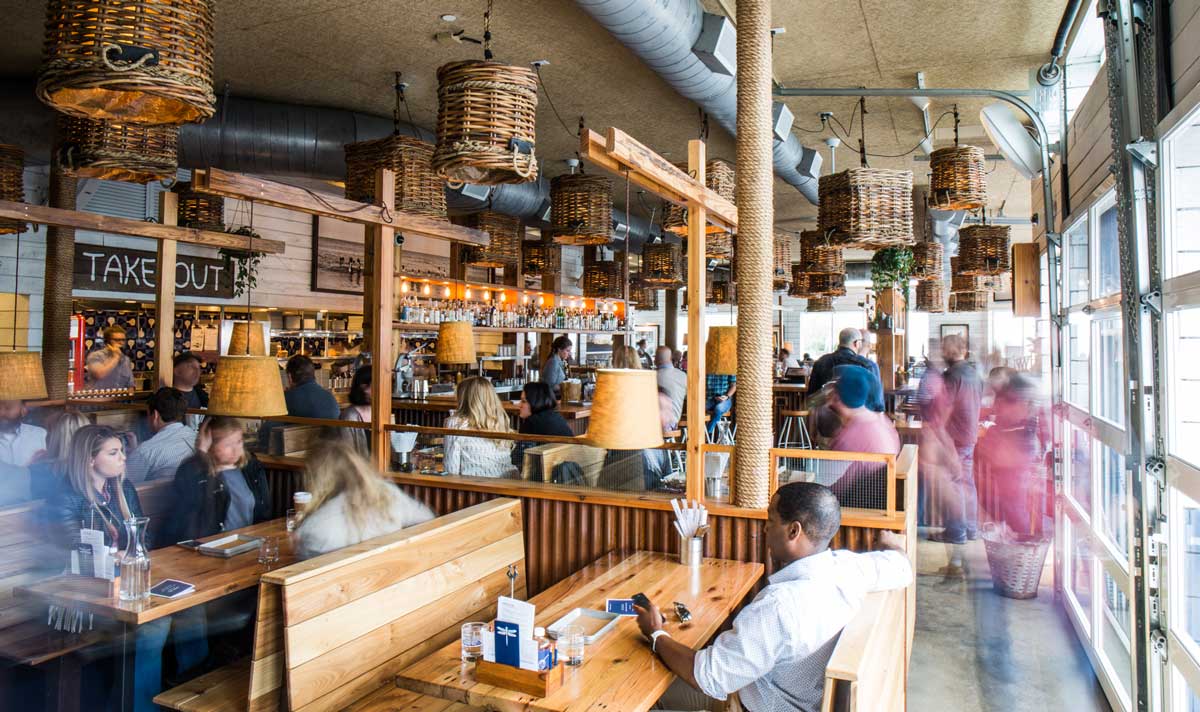Restaurants are still the second most common location for food allergy reactions, according to a study based on data from Food Allergy Research and Education (FARE)’s patient registry. Incidents of accidental allergen exposure in restaurants often revolve around one common factor—people. People give the orders, people take the orders, people prepare the orders, and people deliver the orders. With all but removing the actual person who eats the meal, there is a lot less potential for accidental allergen exposure by removing the amount of interaction that people have with the ordering process.
According to Heather Landex, food safety and allergy specialist and author of INCLUSIVE: THE NEW EXCLUSIVE: How the FOOD SERVICE INDUSTRY Can STOP Leaving MONEY on the Table, “When you increase safety and build systems to reduce mistakes, you create an excellent customer experience while you also reduce complaints, liability and risk to reputation.” This is exactly the solution that technology is providing for the hospitality industry.
The Untapped Opportunity Behind Accommodating Guests with Food Restrictions
For the 85 million Americans impacted by food allergies today, the ability to quickly filter menu items by common allergens, is cause for celebration. It’s also great news for restaurants who whether they realize or not, have been missing out on a significant opportunity to engage with their local food minority groups (vegans, vegetarians, individuals impacted by food allergies or intolerances).
As of 2021, an estimated one in 10 adults and one in 13 children in the United States have been diagnosed with food allergies, per Wasserstrom.com. According to results released by the U.K.-based Food Standards Agency, 60 percent of the 2,599 respondents (aged 16–24) with a food allergy, intolerance, or both, “reported they had avoided eating out in the last six months because of their condition.” But individuals impacted by food allergies or sensitivities are not the only ones seeking more ingredient and preparation transparency in menu items today; those with dietary restrictions rooted in religious or philosophical beliefs also require additional knowledge.
Leveraging Technology to Simplify Operations
National restaurant chain bartaco is just one of many operations across the U.S. that is enjoying the time-saving benefits that the implementation of apps such as OneDine allow. For the 85 million Americans impacted by food allergies today, the ability to quickly filter menu items by common allergens, is cause for celebration. Or take CertiStar, a comprehensive data aggregator which enables guests and restaurant staff to filter menu items by any type of allergen. CertiStar plays an important behind-the-scenes role currently for entertainment venues like Carnival Cruise Lines and restaurants such as Fazoli’s.
By aggregating all the ingredients for each menu item and the specifics for what equipment was used in the process (to rule out cross-contamination), restaurant staff are no longer required to commit details to memory or exert much energy at all to respond to guests’ varying dietary restrictions quickly, easily, and accurately.
While the human element of hospitality will never wane, technology will continue to play an important role in bridging the gap of social exclusion that food minority groups experience today.
As both a marketer and food allergy parent, Katie Moreno has been navigating her way through the chaos and confusion of food allergies for the past seven years. She believes restaurants have the potential to convert people impacted by food allergies from one-time visitors into some of their most loyal customers, but restaurants need to win them over first. She currently resides in Madison, Wisconsin. Find more stories from Katie on Medium: https://medium.com/@katielynnmoreno













